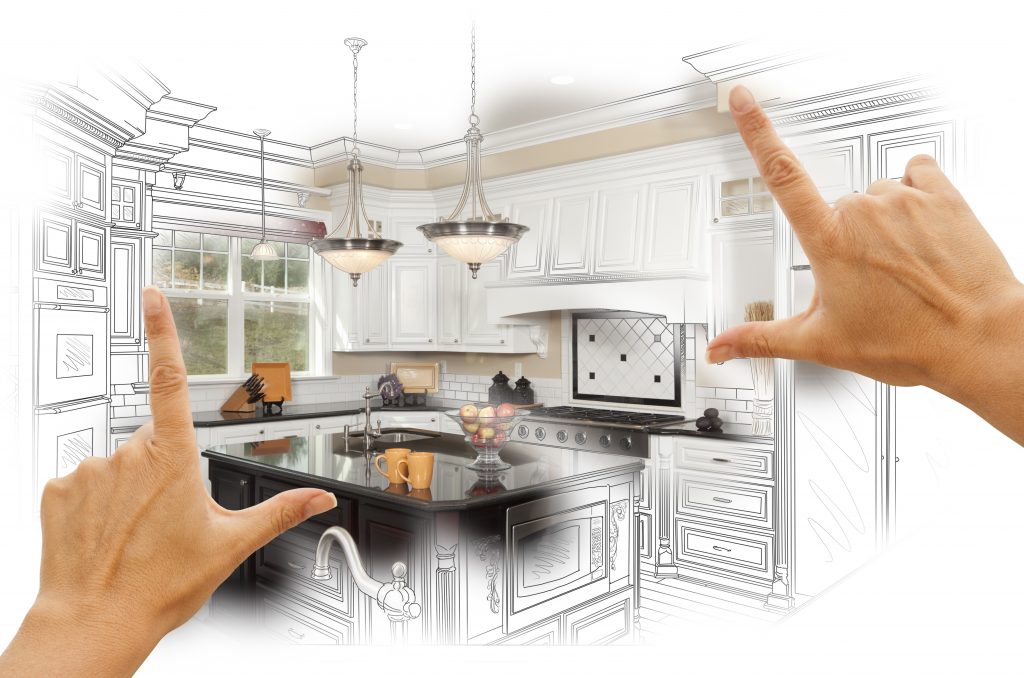If you’re the kind of person who likes to do everything yourself, you’re probably interested in home improvement. And, you’re probably interested in learning new things to help you get better at all kinds of home improvement tasks. Down below are some excellent tips for anyone who loves tackling home improvement projects on their own.
Install solar panels on your home. Don’t be scared off by the initial cost. Over time, you will make back your initial investment, which can be a big plus considering rising electricity costs. This can help you to save a significant amount on your electricity bills since your home will be using mostly the stored energy coming from the sun. This is a natural source of power to your home.
When you start home improvements, you should think about how much you will have to do. You need to take the time and write down all of the things that need done. Don’t forget to ask a friend or family member to take a look at your list to make sure nothing was missed. Once you have created a clear, accurate list, it will be easier to keep the project on track in terms of cost.
The bathroom is another vital part of the house when you’re trying to flip it. Buyers can easily customize the majority of rooms, but make sure your bathroom is attractive and in good working order. Install new sinks and tubs. If the floors are linoleum, swap it out for tile.
Concrete in your basement can easily be stained. If you stain a concrete floor, it will end up looking really nice and cost a lot less than if you were to replace it entirely. Staining floors makes floors even more durable and easy for you to clean. There are many options, so you can go as shiny or as plain as you would like to. It increases the value of the room to the eye, too.
Always shop for low or no-VOC paints for interior use. Traditional paints contain harmful chemicals, but no-VOC paints are made without and are environmentally friendly. They are just as effective as regular paints are, and are priced just a bit higher than traditional paints.
Pick a color scheme from an existing item in your room. Whether it’s the drapes, a rug, or the upholstery fabric, view the colors already there and create the scheme around it. For example, if you have a rug featuring green, red and yellow shades, choose a dominant color out of the three that should be used in 60% of the room. You can make the room really pop by using the other two colors for secondary accents.
A great time to take on big home improvement project is while the real estate market is experiencing a housing slump. When homes aren’t selling, it often means that contractors are not as busy as they would like, and they may discount their services. The increase in value created by a well-chosen home improvement project knows no expiration date. But, if you renovate your home during a slump, you will benefit from the increased value of your home when the market rebounds.
Stay away from the cheapest contractor. It’s might seem like a good idea to go with the lowest starting offer, but some contractors will keep increasing the charges as the work goes on. Others may give you poor quality work in keeping with a low bid. One great way to get a good contractor is to ask friends who have experienced good remodels about who they used and then get bids from all the recommended builders.
Safety is job one when tackling home improvement projects. You may feel foolish wearing a hardhat at home, but falling drywall is just as dangerous at home as on a job site. Hardhats goggles or other breathing devices help keep you safe and healthy.
You can lower your monthly water bill by doing a few home improvement projects. You can add shower heads, water heaters and toilets that are low flow. Updated plumbing fixtures always increase your property’s value, especially when they are eco-friendly. In addition, they’ll significantly reduce your water bill.
These tips should help you work efficiently and prepare yourself before you get started with your next home improvement project. Even of you are starting small, you will soon be able to tackle much bigger projects that will improve your home’s livability.

